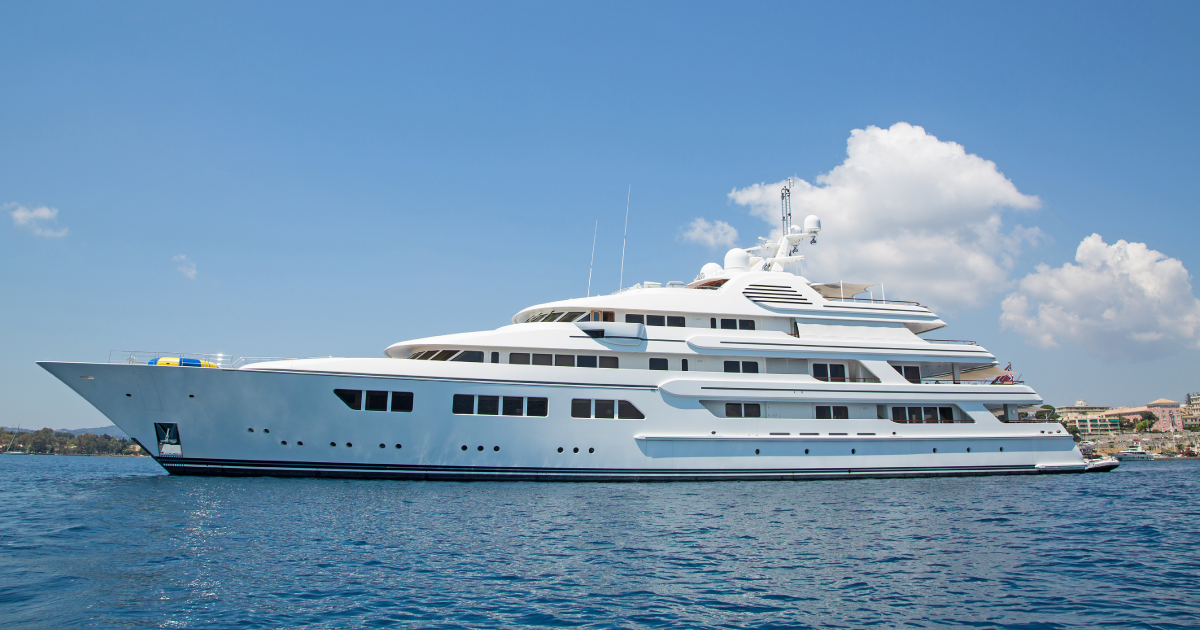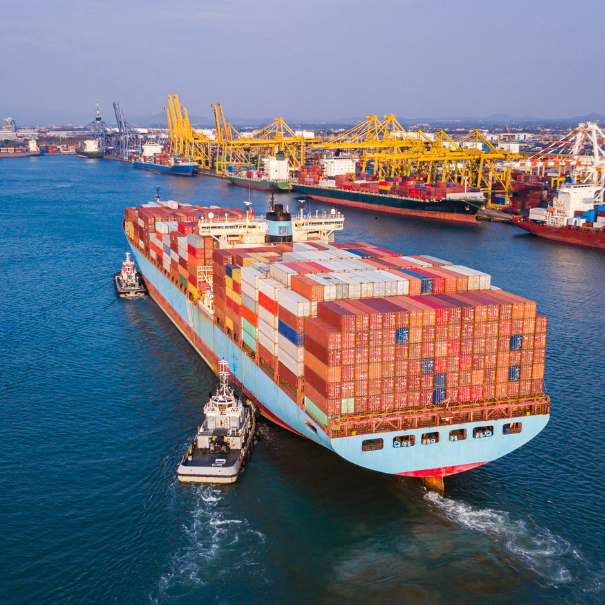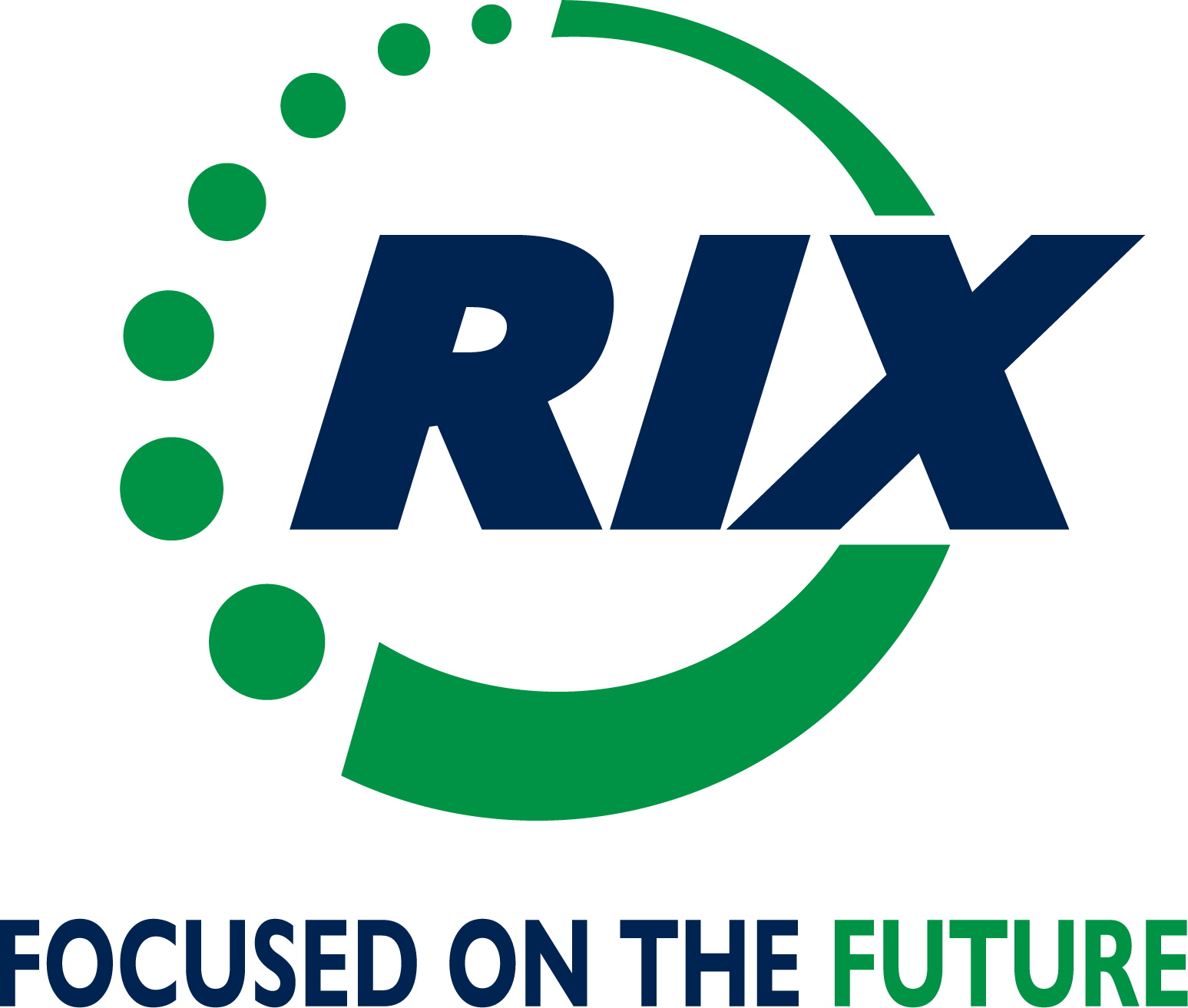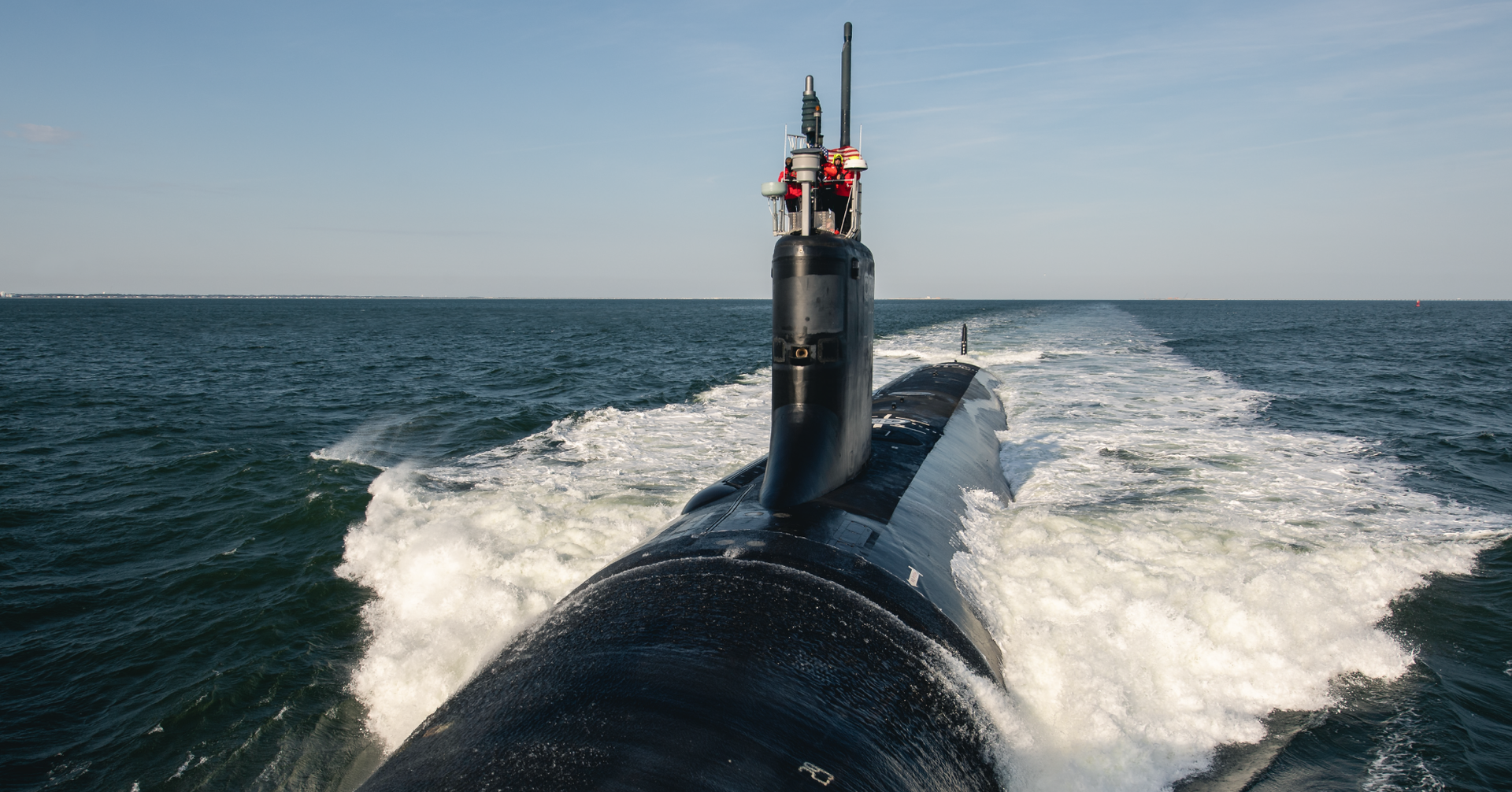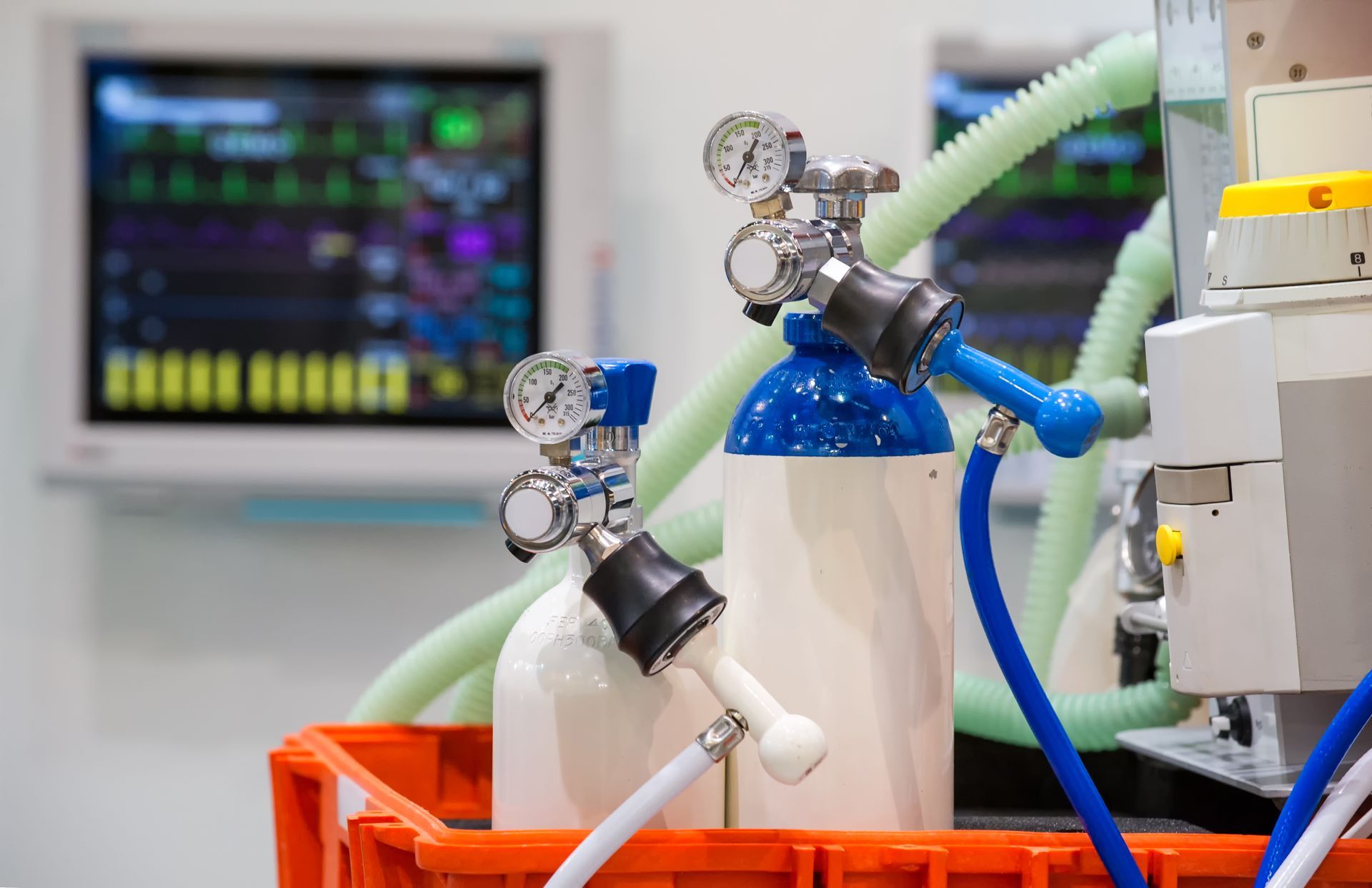Designing for Decarbonization
Onboard methanol-to-hydrogen generation fuels flexibility in ship architecture

Tapping into hydrogen as a fuel source is changing the decarbonization game in shipping. And now, with methanol-to-hydrogen technology a reality, ship designers are empowered with creative ways to implement this safe and viable option within vessels already at sea and those still on the drawing board.
This new method of producing hydrogen offers greater flexibility to existing ships by repurposing tanks already in use. It also gives naval architects freedom to design new ships with best-fit propulsion systems, finding value and purpose in previously unused shipboard areas. Readily available in ports around the world, methanol is cost-effective and does not have the complexity, expense, or safety concerns of ammonia. And while green methanol will be a great boon to decarbonization, grey methanol is bridging the gap in the interim, giving shipbuilders a means to meet mandates along the way and prepare for the future.
With methanol-to-hydrogen capabilities, ship propulsion is no longer restricted to diesel engines and the cylindrical tanks of yesteryear. Learn how designers are leveraging methanol-to-hydrogen systems to reshape and renovate their vessel plans in the April issue of Electric & Hybrid Marine Technology International. In his article, our own Bryan Reid offers insight into the technology and its promise to current and future generations of naval architects.


